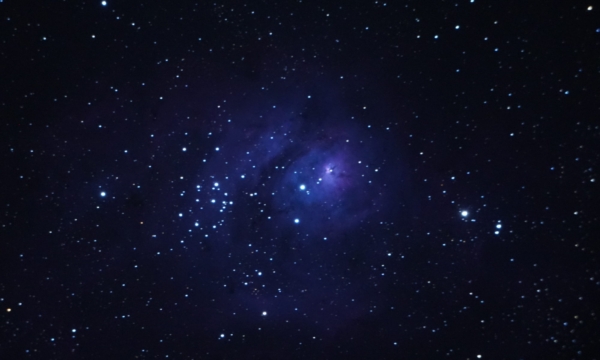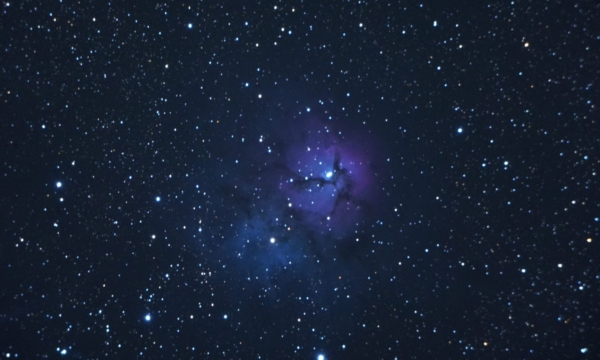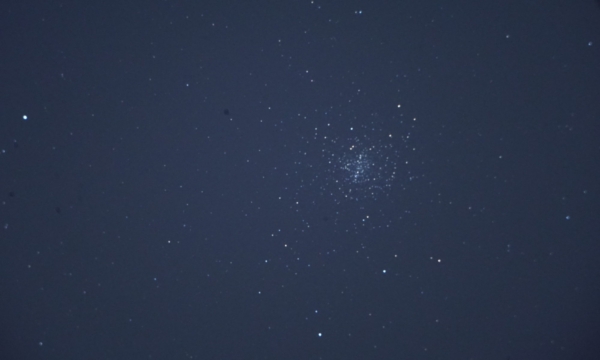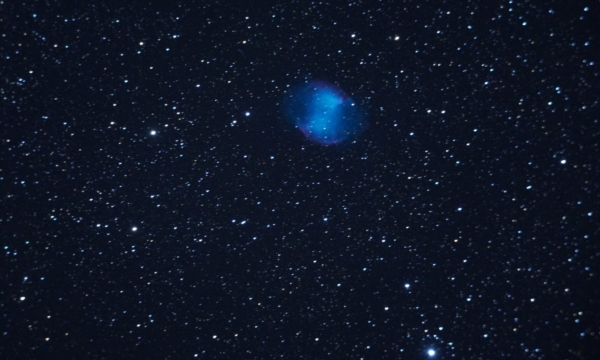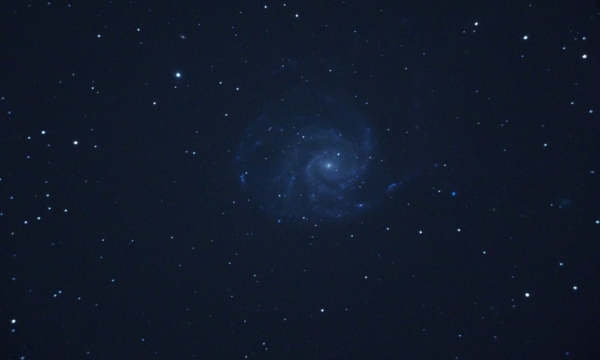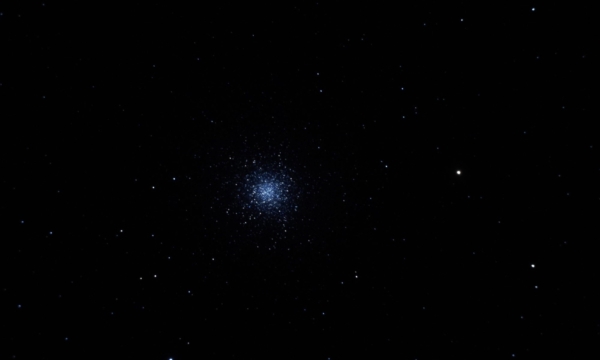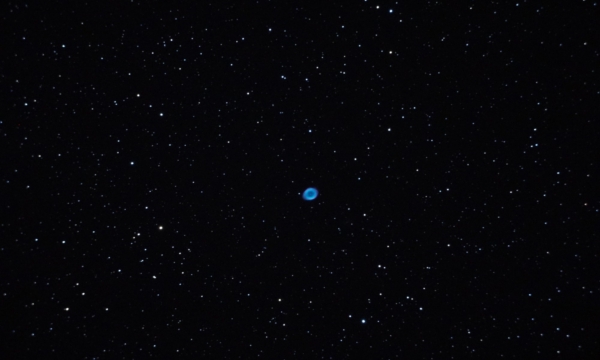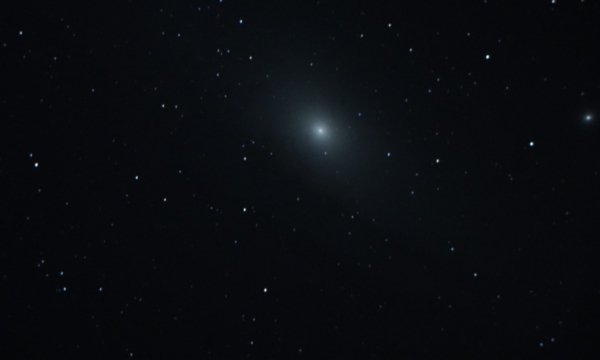In the past, comets were once seen as bad omens and portents of disaster. Rare in the night sky, their ghostly forms struck terror into the hearts of the superstitious people. To try to gain an advantage in the face of prophesied hardship, kings hired professional comet hunters to track them down as early as possible, gaining days or even weeks of advance warning. Even after the ominous nature of comets were widely dismissed, professional comet hunting continued. One of these comet hunters was Charles Messier (1730-1817).
Stars rise and set in the sky, but they don’t move relative to each other. Planets and comets move. So if you see something that is faint and fuzzy, and if you determine that it moves by observing it for a few days, you might just be looking at a comet. If it doesn’t move, you won’t know for a day or two, and you’ve wasted valuable comet hunting time. To avoid this as much as possible, Messier created a catalog of known faint, fuzzy objects that didn’t move. This list was published to help other comet hunters, and was updated after his death all the way up to 1967. Today, the Messier Catalog contains 110 objects.
